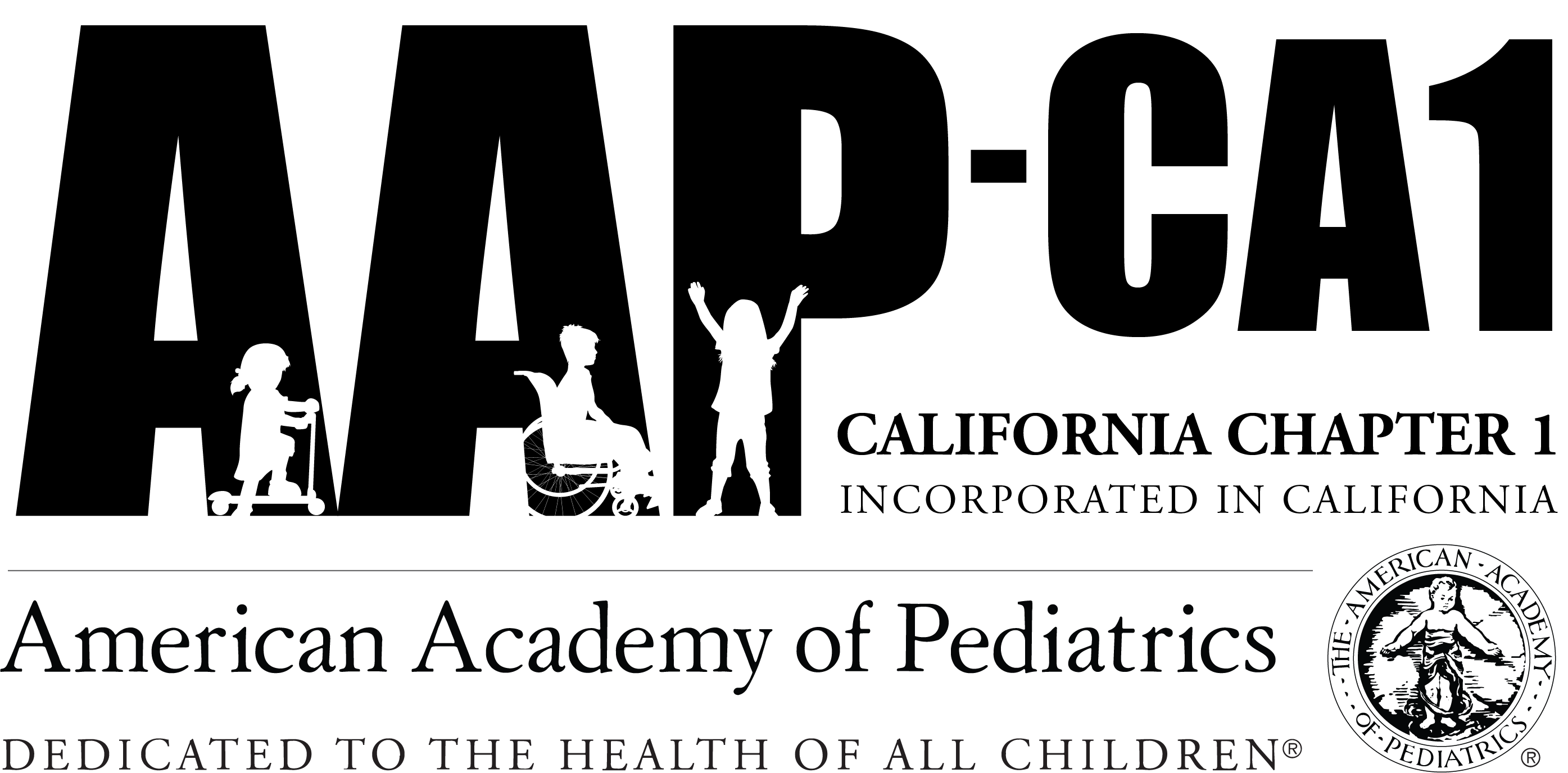What’s Up, Docs? Article
Lisa Patel, MD, FAAP
Posted October 23, 2020

As I write, the West Coast is engulfed in flames. Mid-August brought a searing heat wave along the West Coast, with the highest-ever recorded temperature on Earth at 130 degrees F in Death Valley. Lightning, an extremely rare occurrence in many parts of California, lashed the state, striking 10,000 times in rapid succession over just three days. Impressed by the beauty of the storm, I took the opportunity to teach my 5-year-old daughter about lightning and thunder, which she had never experienced before. But as we talked about light and sound, the depressing connections between intense heat, lightning, and wildfires started to surface. I buried the thought away feeling weary about more worst-case scenarios when there is fodder aplenty with the COVID-19 pandemic.
A few days later, stepping out my front door at dawn to head to the hospital, I saw ash raining down from the sky, smelled fire in the air, and watched my feet leave prints in the grey film on the ground. The reality of climate change was inescapable, too devastating to ignore.
One thing followed another the rest of the day.
When I arrived at the hospital, the smoke outside had become so dense and overwhelming that the filtration systems could not keep up. The NICU reeked of smoke despite the additional space filters scattered through the unit. One of my patients had been born eight weeks early and was on CPAP for immature lungs. Now in addition to fighting to overcome her prematurity, she was breathing noxious air in a unit meant to guard her frail body from further harm or insult.
Another patient under my care was a teenager who had come to this country on his own from Mexico. Working a construction job to make ends meet, he landed in our unit with acute kidney injury and rhabdomyolysis from lifting bricks for eight hours in 100-degree weather.
A nurse on our unit related that her brother escaped a fire in Vacaville that burned his home and barn down to ashes just six hours earlier. She ended with a shrug of her shoulders as she adjusted her face shield for pandemic precautions before walking off to administer medications, as if such a predicament was so commonplace it was hardly worth mentioning.
Emails about the fire filled my inbox, offering resources for displaced families who could not bunk with relatives or friends because of social distancing restrictions.
Calamity met cataclysm.
None of us will emerge from these dual crises of the pandemic and climate change unaffected. The lucky ones will be able to carry on: mostly those with the resources and privilege to stay shielded from the worst effects of climate change. Others may have bodies strong enough to heal the insults and minds with the resilience to process the grief and trauma. But many others will not. Climate change will heat and pollute their bodies beyond survivability.
I used to believe that as people saw the effects of climate change on their health, we as a society would correct course. But now I see a more troubling possibility: these cataclysms will persist, but we will be so worn down by the pandemic and so infected by politicized misinformation that we won’t see the connections until it’s too late.
Not seeing these connections is dangerous for all of us. To prevent these events from worsening in scale, severity, and duration, we must view the problem from the lens of climate change to arrive at the solution. We need to end our dependence on fossil fuels that are damaging our health and our planet.
I no longer believe that climate and health consciousness will happen on their own. It is up to each of us to connect these dots consciously and constantly for ourselves and for our communities.
Climate change is a health emergency.
So what can we do as medical professionals? We can look to our own health systems, which contribute 10% of global carbon dioxide emissions. We have power as healthcare professionals within our organizations to advocate for emission reductions initiatives. We can educate ourselves, our colleagues, and our patients by integrating more climate change and health information into our patient visits and into our medical school curriculum. And finally, we can prepare. We can work with public health officials and our communities to build disaster preparedness plans, with the explicit understanding that we will see continued disruption and uncertainty that will hit those made vulnerable the hardest.
In northern California, a coalition of physicians, nurses, sustainability officers, community organizations and public health officials organized a symposium on climate and pandemic resilience in health care to discuss the path forward. The pandemic has worn us down. The fires are knocking us off our feet. But I remain hopeful. These dark and challenging moments also present opportunities for change. Join us.
Footnotes:
1. Eckelman MJ, Sherman JD. Estimated Global Disease Burden From US Health Care Sector Greenhouse Gas Emissions. American Journal of Public Health. 2018;108(S2):S120-S122. doi:10.2105/ajph.2017.303846
2. https://med.stanford.edu/allergyandasthma/news/CurrentEvents/NorCalSymposium.html
(Image is attributed to this website.)
